Direction Finding Techniques / Yön Bulma Teknikleri, ( ENG-TR )
hive-124065·@passenger777·
0.000 HBDDirection Finding Techniques / Yön Bulma Teknikleri, ( ENG-TR )
<liketuimages> <center> 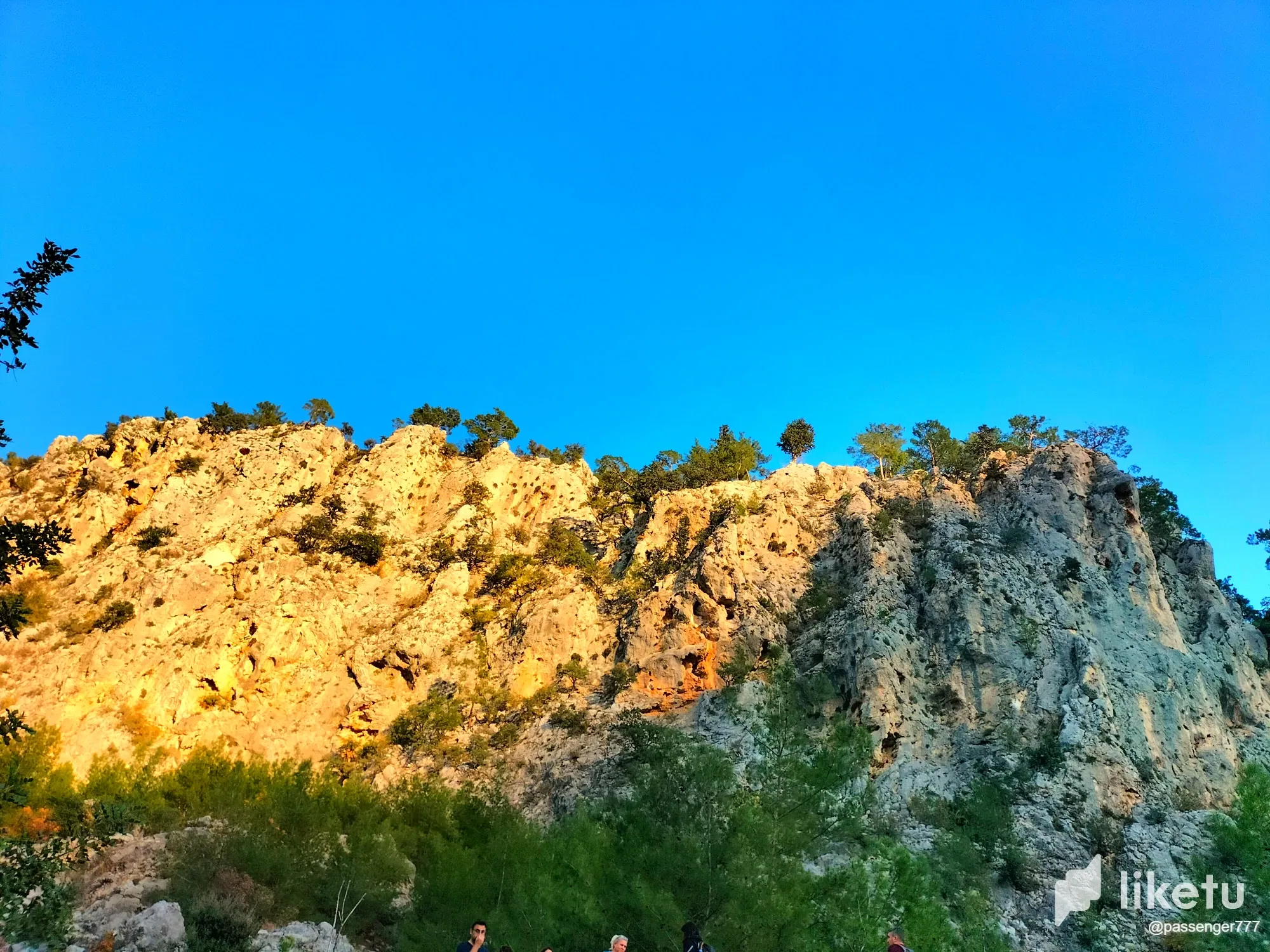 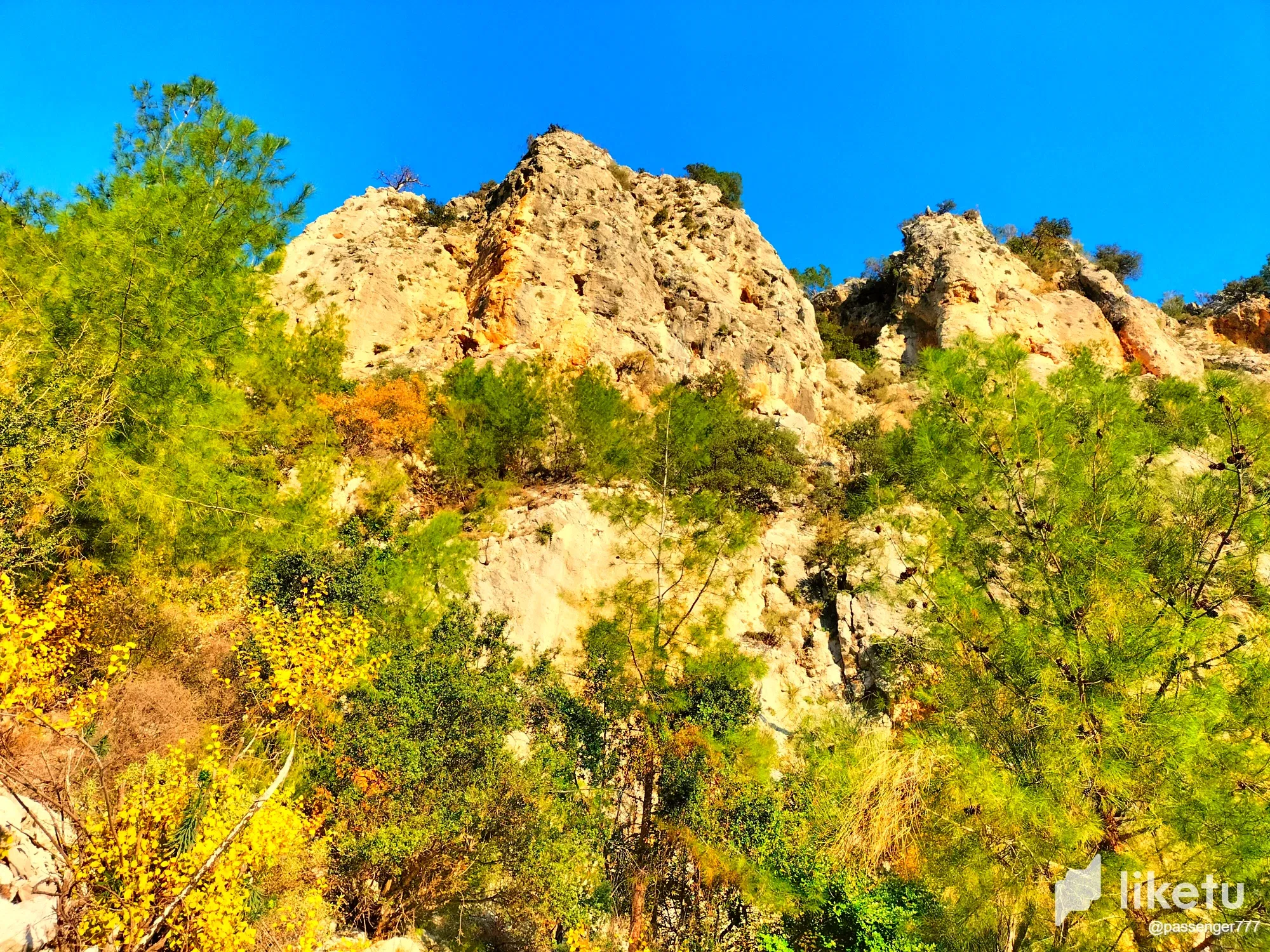 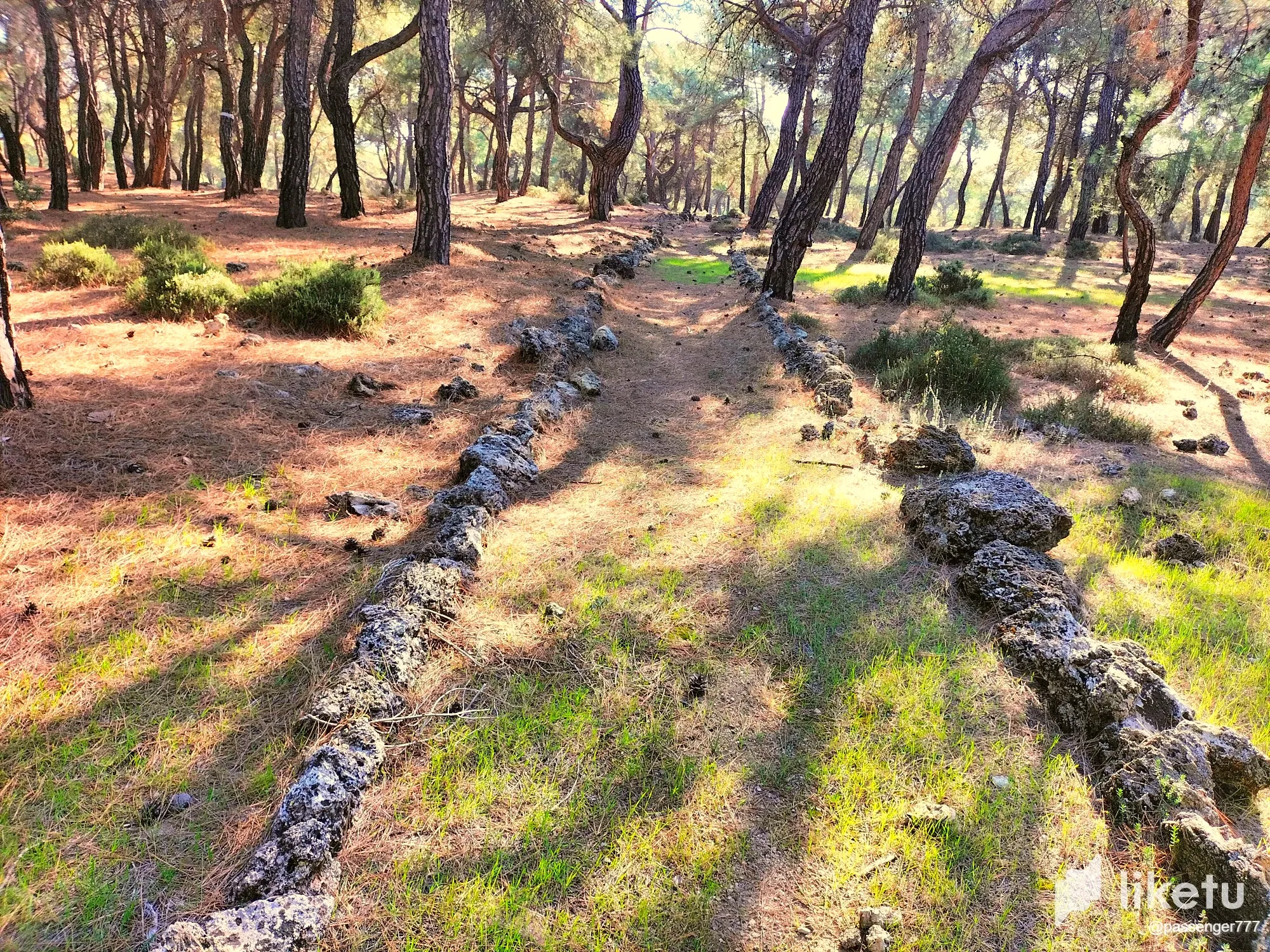 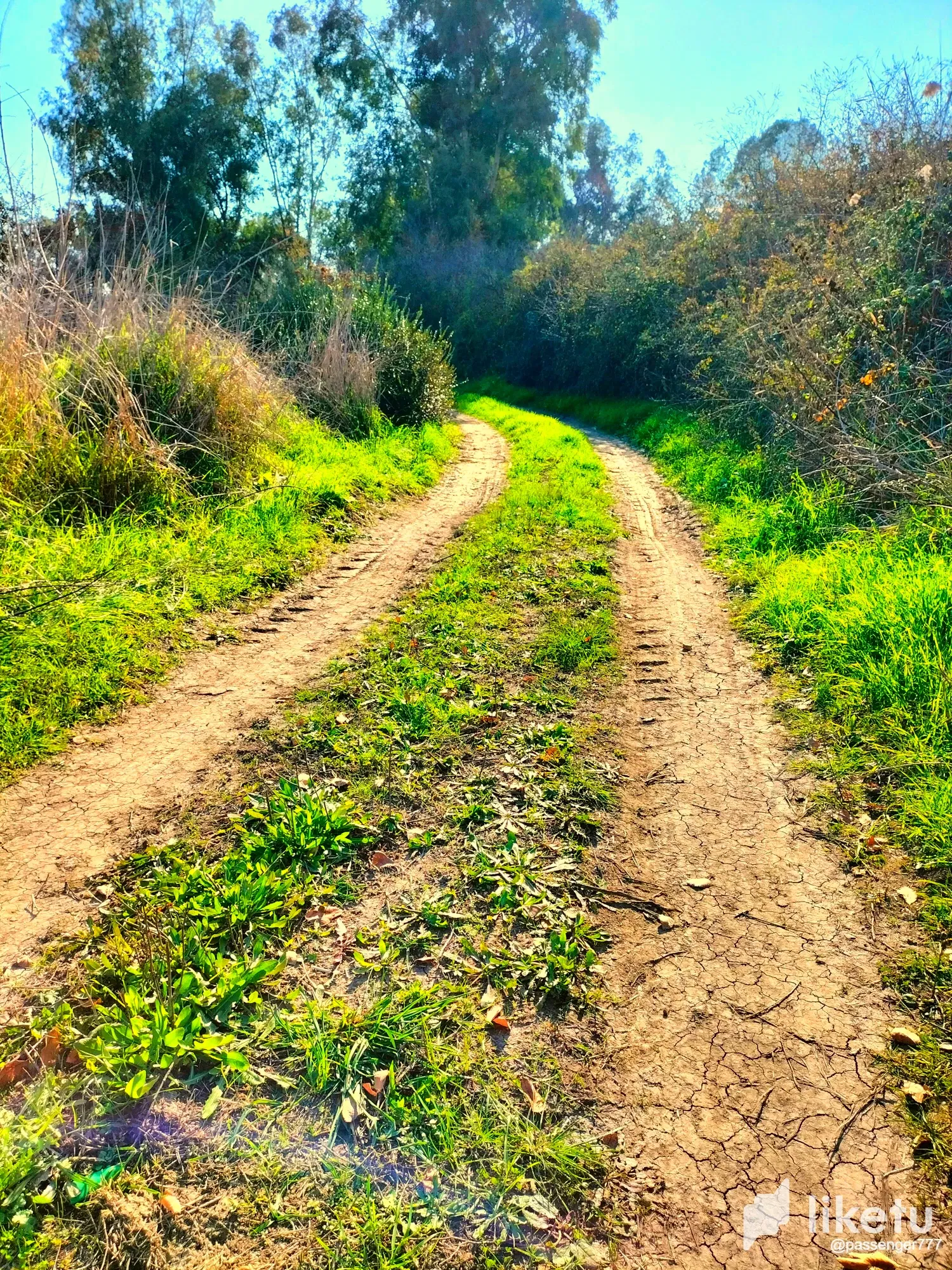  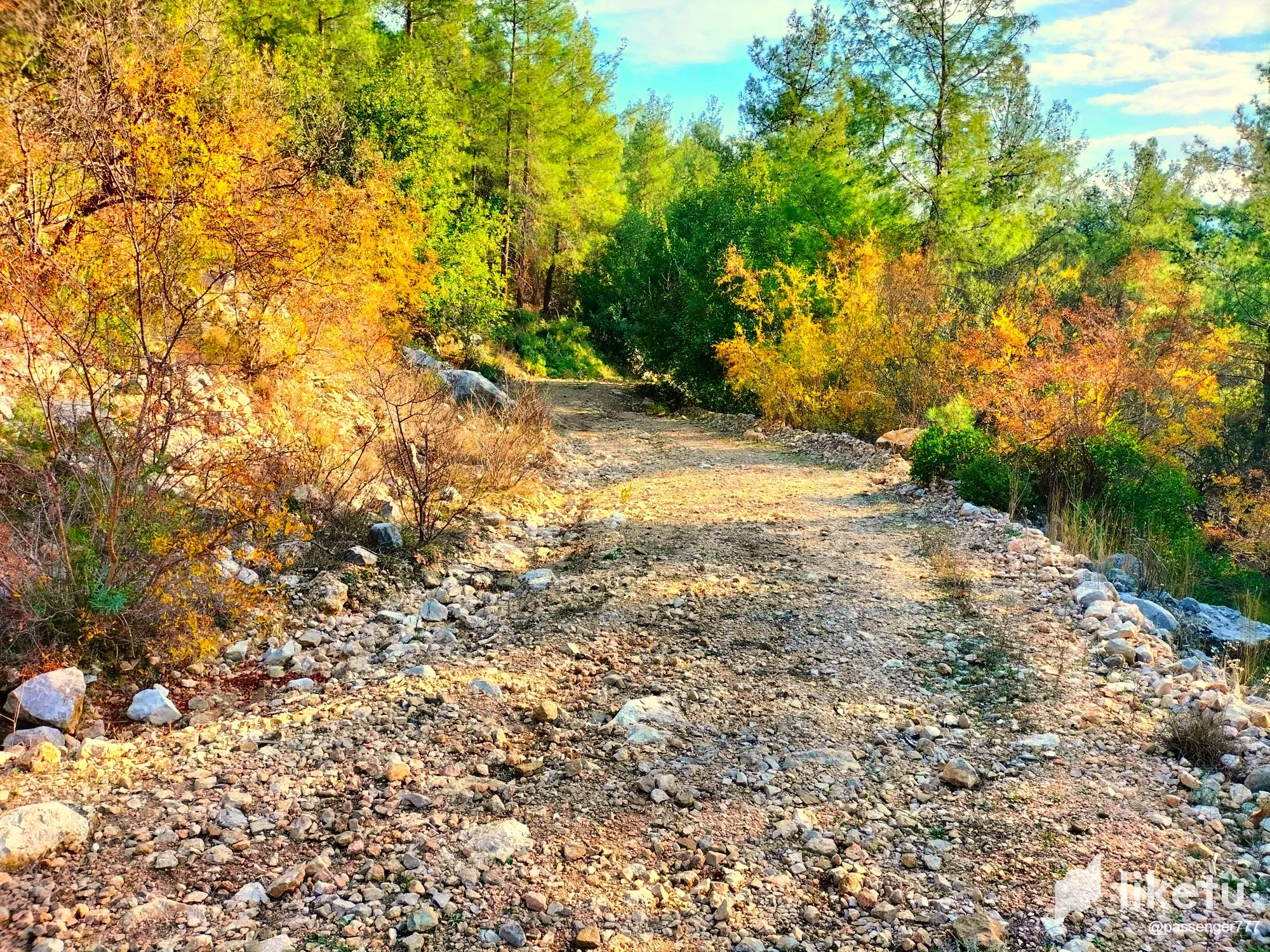 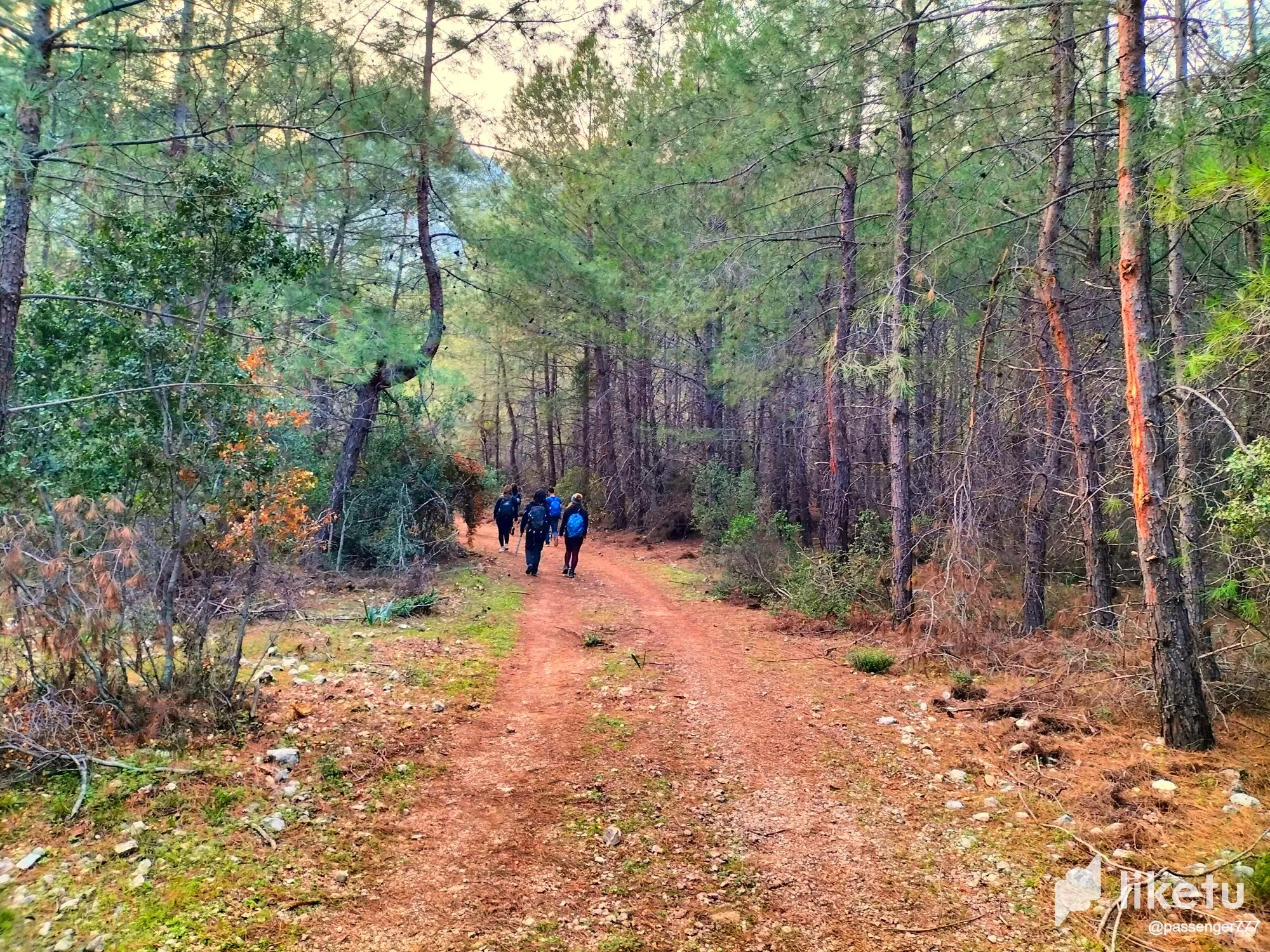 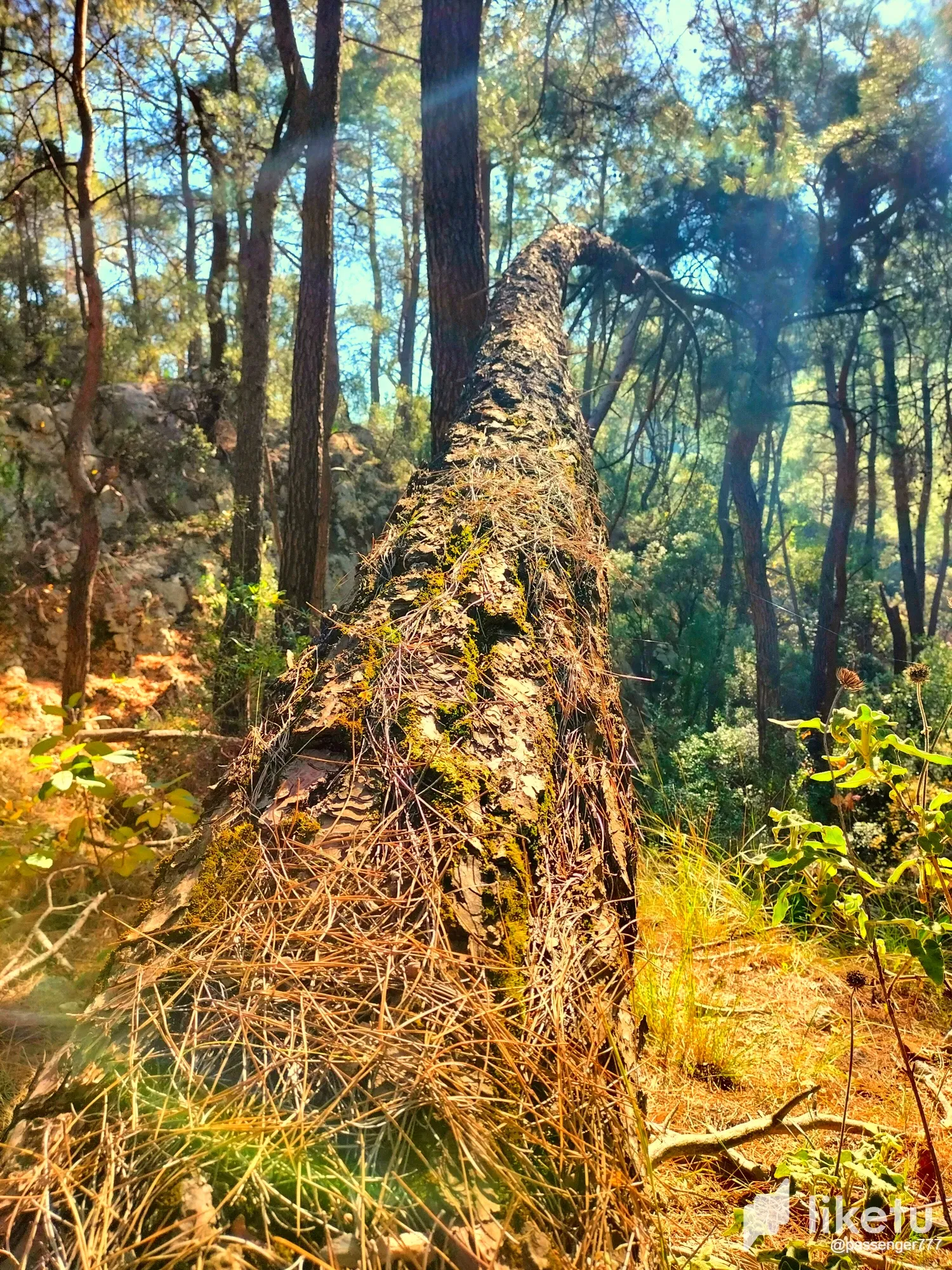  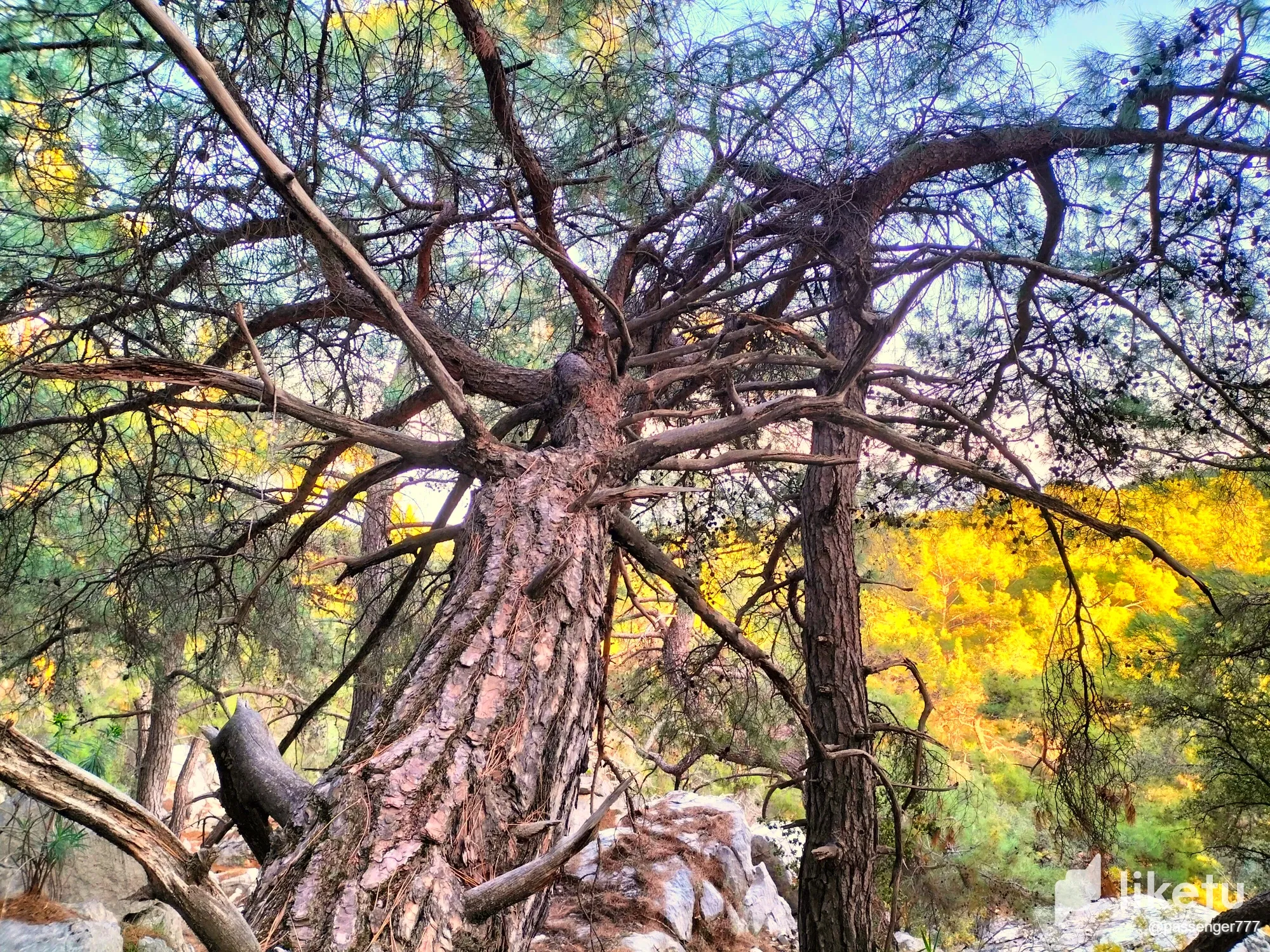 </center> </liketuimages> Hello Friends, I'm pretty sure I've run into a dead end. This place doesn't look familiar. I have to go back and look again from the direction I came from. There are times when we use these words frequently in our daily lives. Especially when we go to a place we do not know, we have such conversations either with ourselves or with our friend next to us. These kinds of things happen to me often. With the developing technology, most of us no longer have trouble finding directions. We call navigation the route that takes us to the address we want to go, in the shortest and fastest way. This system, which enables us to reach our destination in a short time thanks to maps and satellites, is perhaps one of the best inventions of our time. Navigation is an important detail for travelers and individuals who love to go on adventure. So, how can we find our way when we walk in distant lands where technology cannot enter and we get lost in our way? You can do it on your own or with the help of a few people. At the beginning of these is the technique of finding direction according to the sun, which was taught to us in elementary school. In this technique, which can be easily applied by everyone, you first find your east and west where you are. The direction in which the sun rises is always east. You turn your right arm to the direction of the rising sun, that is, to the east. Your left arm points west, your front faces north, and your back faces south. Of course, the weather must be sunny for you to apply. A long time ago, one of the most used means of transportation was the compass. My father loved to keep old Turkish things. I remember we had a brown glass screen in our house and a compass with clock-like shapes inside. The compass needle inside the magnetic field of this compass was mounted in the middle of it, just like clocks, in such a way that it could move freely in all directions. When you put the compass somewhere, its needle in the magnetic field always points in the same direction. You can find your direction by moving according to the shadow of a piece of stick planted in the ground. Let's remember from geography class. When the sun is at its highest, the shadows are short. The lengths of these short shadow lengths always point north. In this method, which is not used much, it is tried to find direction by following the shadow of the stick. >Selam Dostlarım, >Çıkmaz bir sokağa girdiğime eminim. Buralar hiç tanıdık gelmiyor. Geri dönüp geldiğim istikametten yoluma tekrar bakmalıyım. Bu sözleri gündelik hayatımızda sık kullandığımız zamanlar oluyor. Özellikle bilmediğimiz bir yere giderken bu tür konuşmaları ya kendimizle ya da yanımızdaki arkadaşımızla yapıyoruz. Benim başıma bu tür hadiseler sıklıkla geliyor. >Gelişen teknolojiyle birlikte artık çoğumuz yön bulma konusunda sıkıntı yaşamıyor. Gitmek istediğimiz adrese, bizleri en kısa ve en hızlı bir şekilde götüren yol güzergahına navigasyon diyoruz. Gideceğimiz yola haritalar ve uydular sayesinde kısa zamanda ulaştırmamızı sağlayan bu sistem belki de çağımızın en iyi buluşlarındandır. >Yön bulma, gezginciler ve maceraya atılmayı seven bireyler için önemli bir detaydır. Peki teknolojinin giremediği uzak diyarlarda yürüyüp, yolumuzu şaşırdığımız da yönümüzü nasıl bulabiliriz? Yön bulma konusunu tek başınıza yapabileceğiniz gibi bir kaç kişinin yardımıyla da halledebilirsiniz. Bunların en başında daha ilkokulu sıralarında bizlere öğretilen, güneşe göre yön bulma tekniğidir. Herkes tarafından rahatlıkla uygulanabilen bu teknikte, bulunduğunuz yerde ilk olarak, doğunuzu, batınızı bulursunuz. Güneşin doğduğu yön her zaman doğudur. Sağ kolunuzu güneşin doğduğu yöne yani doğuya çevirirsiniz. Sol kolunuz batıyı, ön yüzünüz, kuzeyi, arka tarafınız da güneyi gösterir. Tabi uygulamayı yapabilmeniz için havanın güneşli olması gerekiyor. >Çok önceleri ulaşımda en çok kullandığımız araçlardan biri de pusulaydı. Babam eski alaturka eşyaları saklamayı çok severdi. Hatırlıyorum da evimizde kahverengi cam ekranı ve içinde saati anımsatan şekilleri olan bir pusulamız vardı. Bu pusulanın manyetik alanın içindeki pusula iğnesi, tıpkı saatlerde olduğu gibi tam ortasında, her yöne rahatça hareket edebilecek şekilde monte edilmişti. Pusulayı bir yere koyduğunuzda, manyetik alanın içindeki iğnesi, her zaman aynı yönü gösterir. >Toprağa dikilen bir çubuk parçasının gölgesine göre hareket edilerek yönünüzü bulabilirsiniz. Coğrafya dersinden hatırlayalım. Güneşin en tepede olduğu an, gölgeler kısa olur. Kısa olan bu gölge boylarının uzunlukları her zaman kuzeyi gösterir. Çok fazla kullanılmayan bu yöntem de çubuğun gölgesi, takip edilerek yön bulmaya çalışılır. --- For the best experience view this post on [Liketu](https://liketu.com/@passenger777/direction-finding-techniques-yon-bulma-teknikleri-eng-tr)
👍 m-stranger, lili255, smartvote, steemtelly, sudefteri, akifane, vida-blanca, stevenson7, good-karma, esteemapp, esteem.app, ecency, ecency.stats, bloghound, drwom, auleo, cherryng, fairyberry, sonfecisinan, charmingcherry, photographercr, centtoken, duncanek, liketu, anarcist69, petrolinivideo, steemph.cebu, elmerlin, has-k, jaylatour, xliketu, gejzep, paulmoon410, apokruphos, rencongland, macoolette, josejirafa, kirazay, hive-145540, rhania15, nasseir, raihaniljannah, trliste, deathwing, someguy123, trlist, mrtats, lushascottnfts, alphacore, leyla5, emrebeyler, zoltarian, netknight, baycan, hykss.leo, ausbit.dev, flsfserkan, mttok, aysegultravel, dusunenkalpp, baboz, ezgicop, tuba777, arduilcelebren, turkiye, ahmetay, coinmeria, snlbaskurt, ruen, emotionalsea, motivationrainn, bilgin70, akkann, passenger777, oneplanet, zeynos, bilginselcuk, mukadder, dolunay18, archatlas, sandra11, catslovers, incublus.hivegc, curie, damla, yefet, yuslindwi, lastozgur, sammystr, orcunk.karaca, dogancankilment, whyshy, muratkbesiroglu, nikaja, wagner32, merlin7, waraira777, dpoll.witness, sunsan, crysis, musictime2020, princeofbeyhive, gokturk70, pinkfurby, barika, crazygirl777, homeopath, sezermehmet, waivio.curator, benyamin, ucmuharfli, sahinadm, shatargat, angelnature777, browniegirl, thelordsharvest, denizcakmak, monsterjamgold, traderhive, zipporah, irgendwo, therising, altleft, metroair, kylealex, bubblegif, seinkalar, cloh76, rt395, investingpennies, martibis, photohunt, prosocialise, melvin7, justyy, federacion45, arunava, steemvault, utube, sportscontest, superlotto, cakemonster, steemstorage, coindevil, the.success.club, ragk88, bitrocker2020, talaxy, farmerturkey, artizm, uzercanan, promo-mentors, cryptocengineer, trippymane, zirky, aabcent, kevinwong, yadamaniart, dante31, futurethinker, osarueseosato, bil.prag, tinyhousecryptos, princessmewmew, postpromoter, cliffagreen, michelle.gent, detlev, aichanbot, the-grandmaster, steveconnor, epicdice, mahdiyari, zyx066, neneandy, dcrops, kristall97, hiveonboard, tfeldman, lichtblick, modernzorker, hijosdelhombre, powernap, gunthertopp, punchline, thelittlebank, gohive, minas-glory, reverio, hairgistix, peterale, failingforwards, steemwizards, karaoke1850, notb4mycoffee, scottshots, bflanagin, schmidi, redrica, revo, sorin.cristescu, upme, sunsea, the-burn, thecryptodrive, apsu, carolinaelly, djlethalskillz, minerthreat, steemean, rocky1, qberry, armandosodano, stayoutoftherz, r00sj3, pab.ink, diabonua, sidalim88, cryptononymous, lemouth, cheese4ead, talentclub, minnowbooster, meno, steemcryptosicko, aicu, roamingsparrow, florian-glechner, jjerryhan, dhimmel, juancar347, pipiczech, therealwolf, oscarina, fotogruppemunich, qwerrie, cnfund, driptorchpress, fredkese, takowi, yixn, iansart, smartsteem, taniagonzalez, empath, jayna, yoghurt, soufiani, sarashew, hdmed, fineartnow, drricksanchez, benwickenton, pimpstudio, neumannsalva, cryptocoinkb, pandasquad, miroslaviv, hurtlocker, curatorwhale, carn, itharagaian, greddyforce, blewitt, brianoflondon, cardcompounding, bscrypto, sustainablyyours, didic, lebastion, letenebreux, cercle, hive-143869, entraide.rewards, podping, independance, ew-and-patterns, achimmertens, meritocracy, okluvmee, clpacksperiment, techken, deadzy, vittoriozuccala, albus.draco, imcore, emeraldtiger, aries90, minava.museum, lordnight72, quotidien, clavdio75, sapphireleopard, goblinknackers, readmore, ibt-survival, elevator09, mproxima, sanderjansenart, elements5, robibasa, atheistrepublic, dondido, lordvader, jerrybanfield, proto26, duke77, bartheek, uche-nna, abachon, mammasitta, binkyprod, beerlover, dandays, vaultec, nfttunz, eric-boucher, stevenwood, incublus, gribouille, nicole-st, lk666, flatman, podanrj, holoferncro, bluefinstudios, gamersclassified, bilginhilal, duremarr, canser, aly.stor,